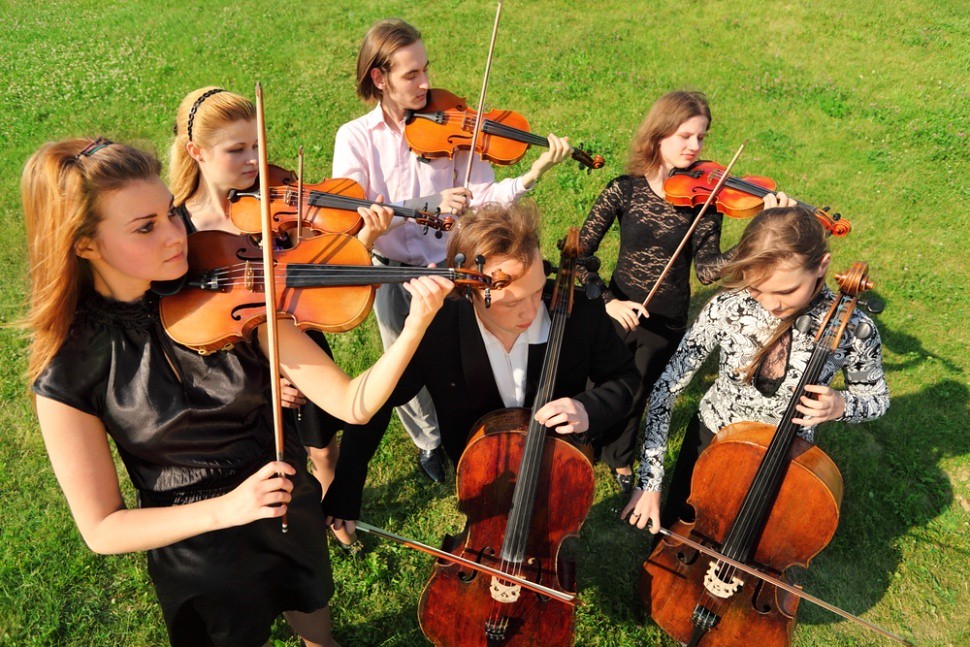
-Wynton Marsalis
The Musician’s Way, p. 123
We musicians spend vast amounts of time practicing alone.
But to make music collectively, we need skills beyond those we rely on in solitary practice.
To help aspiring performers become accomplished collaborators, here are 6 tips that ignite synergy in groups.
6 Ways to Ignite Synergy in a Group
1. Set Reachable Goals
Our rehearsals crackle with intensity when we target them toward motivating, near-term goals.
To support our long-range ambitions, then, we should line up regular performances, choose manageable music, and conclude each rehearsal with explicit plans for the next one.
2. Begin Rehearsals with Communal Material
Whether we run through a favorite piece or execute the likes of unison scales, getting under way with easy, communal material renews our musical bonds.
3. Balance Leading with Accompanying
Collaborative music making entails both leading and accompanying, and we need to juggle those two roles to suit each composition we perform.
When we accompany, acute listening and watching enables us to match our partners’ sounds. When we lead, vibrant execution inspires our fellow artists and shows them the way.
4. Connect with a Director
In leader-run groups such as pit bands and orchestras, we have to do more than look up and listen. We also need to open ourselves to a director’s interpretation, and then meld our sound with the musicians around us.
5. Transmit Positive Energy
Personal energy is contagious, especially in the close-knit setting of an ensemble.
We uplift our colleagues and fuel creativity when we maintain professionalism, keep up senses of humor, and broadcast enthusiasm.
6. Synchronize
Ensemble performance centers on the synchronization of pitch, rhythm, and interpretation. Every ensemble, therefore, requires reliable methods for tuning, cuing, and, in egalitarian groups, agreeing on interpretive ideas.
To that end, we do well to establish tuning customs, practice cuing in rehearsals, and mark parts carefully to promote interpretive convergence.
All of these concepts are fleshed out in Chapter 6 of The Musician’s Way.
Related posts
The 4 Pillars of Professionalism
12 Questions for Prospective Bandmates
Collaborative Criticism
Ten Tips for Collaborating Musicians
© 2012 Gerald Klickstein
Photo © Losevsky Pavel, licensed from Shutterstock.com

